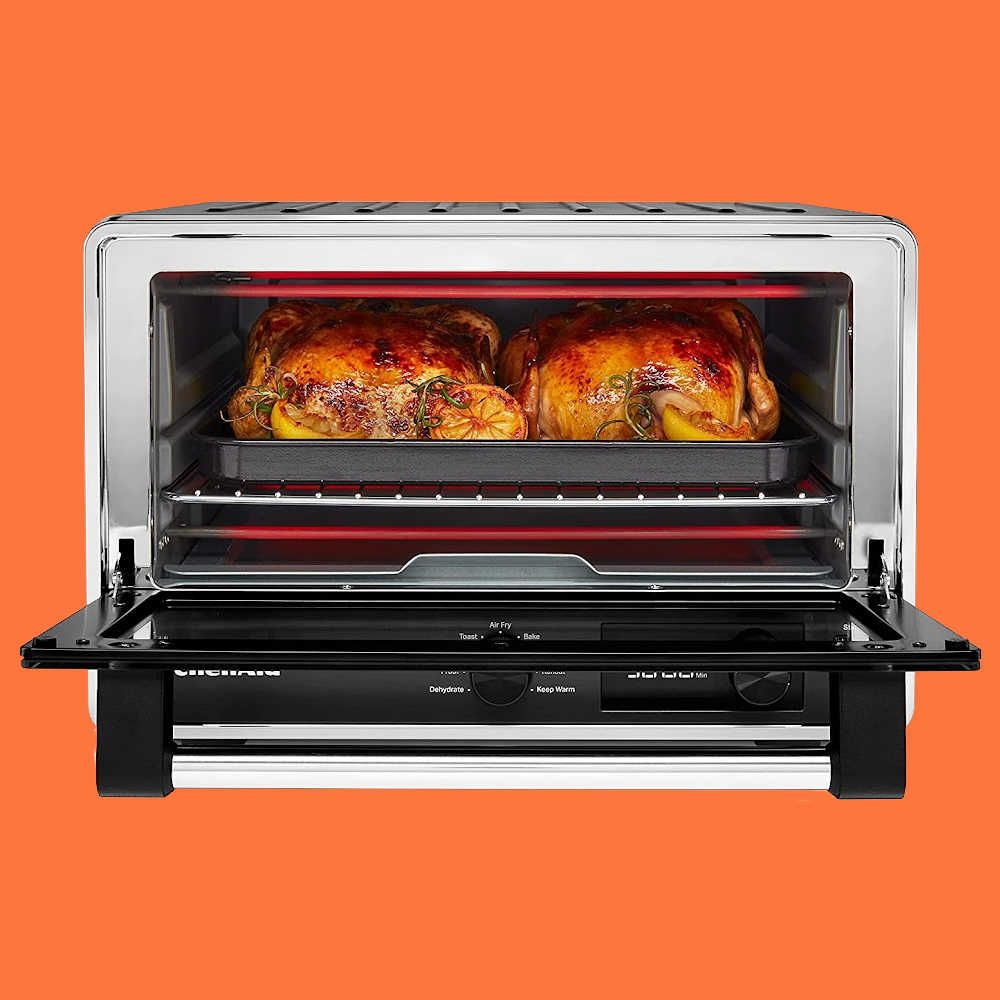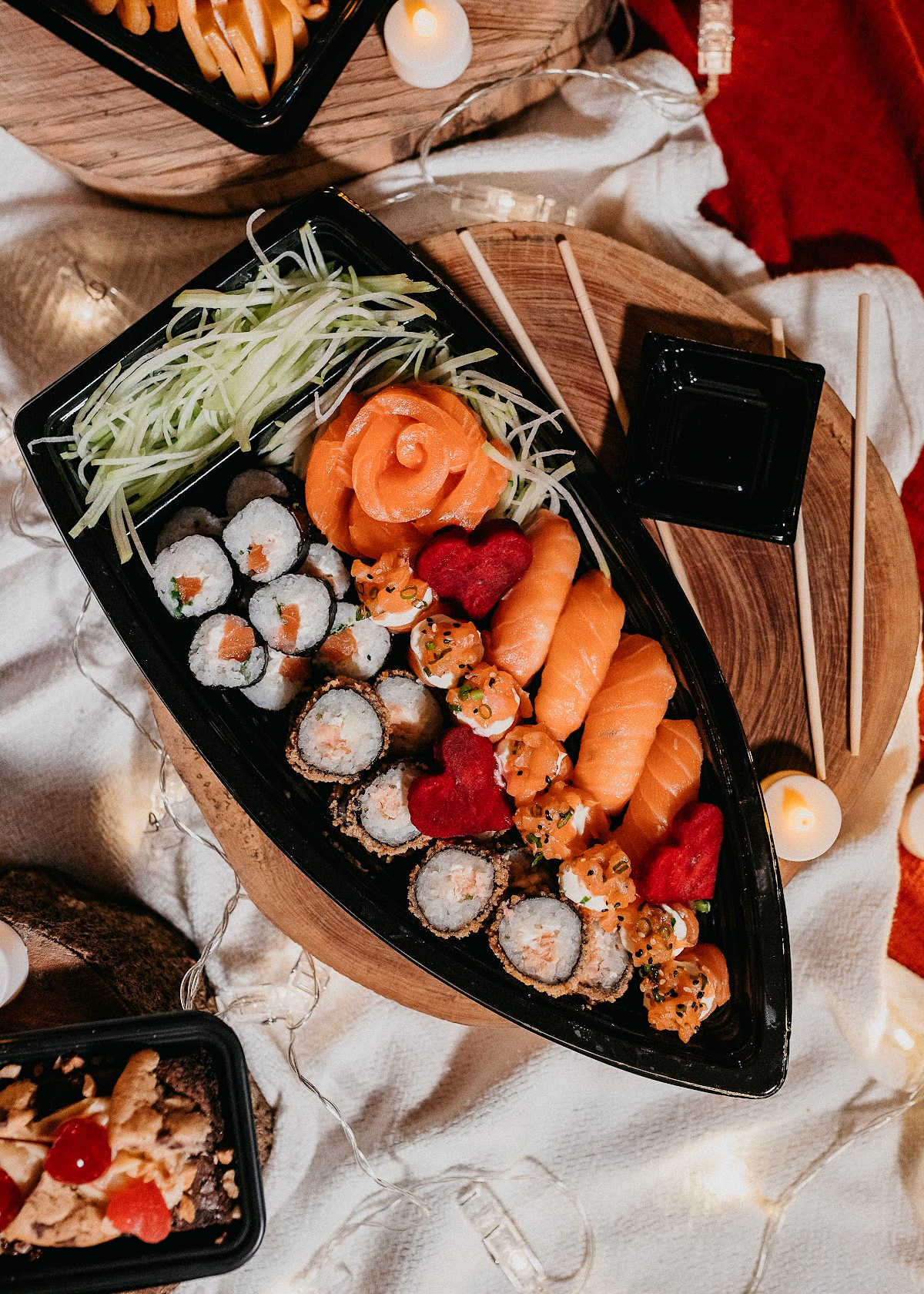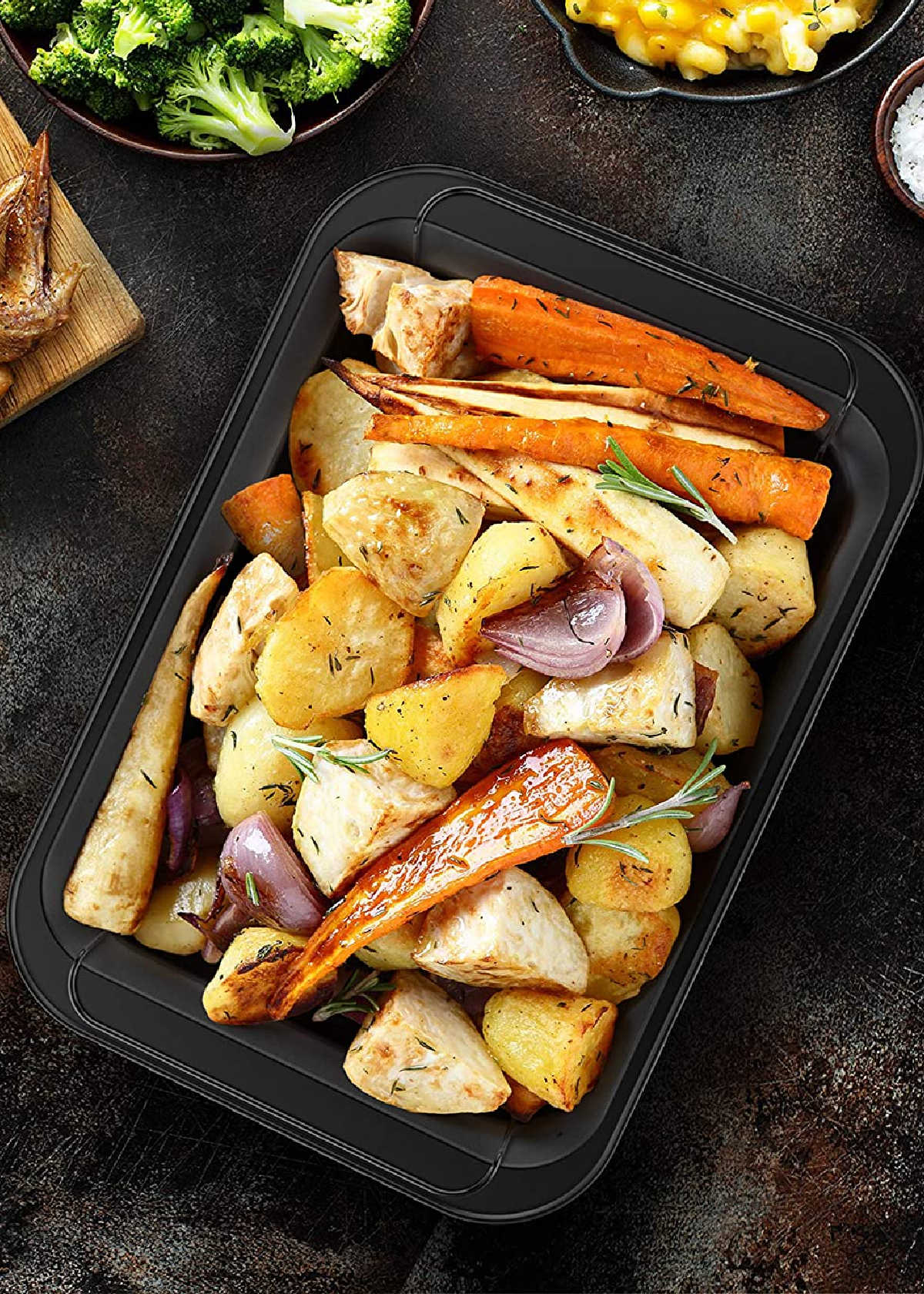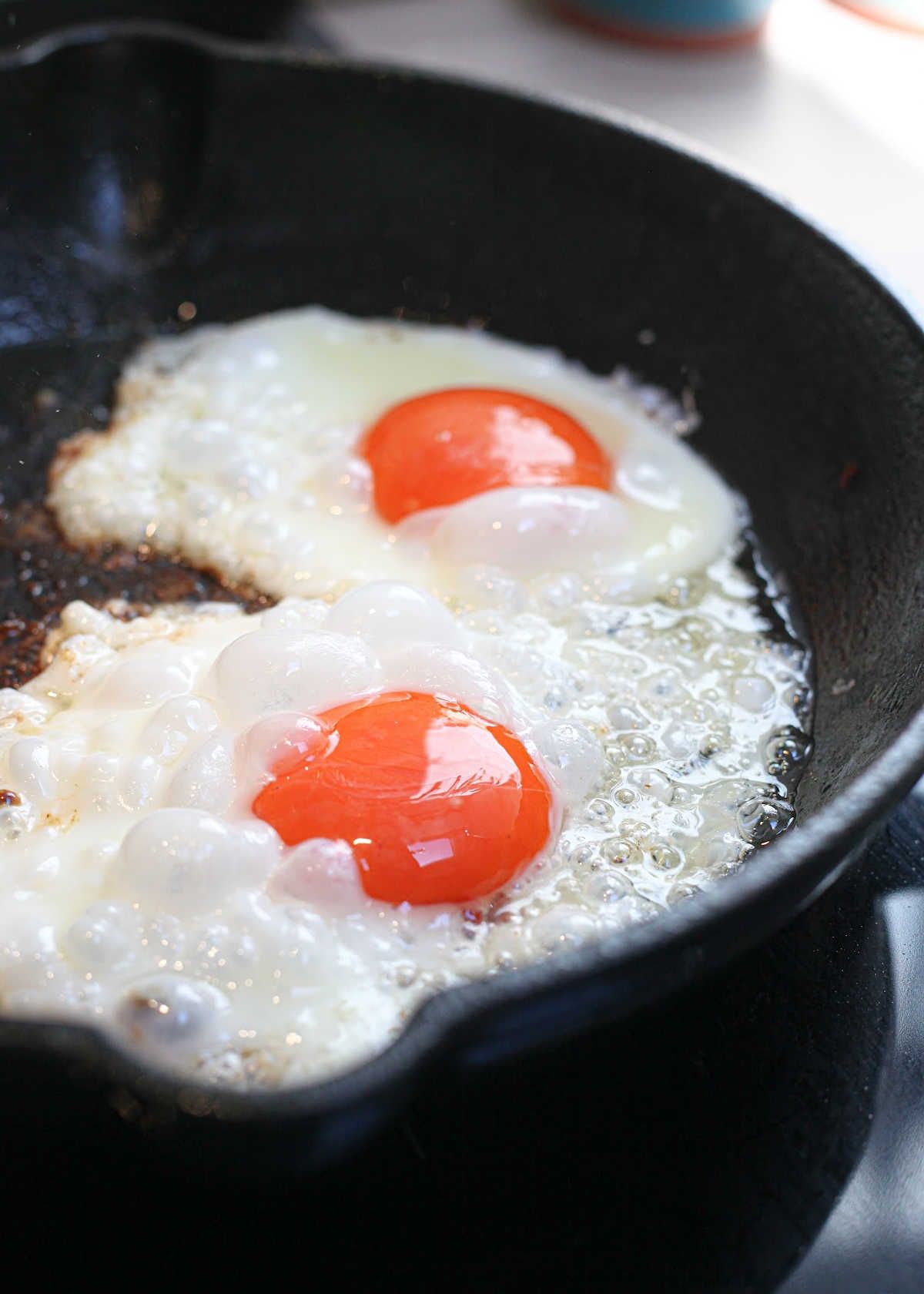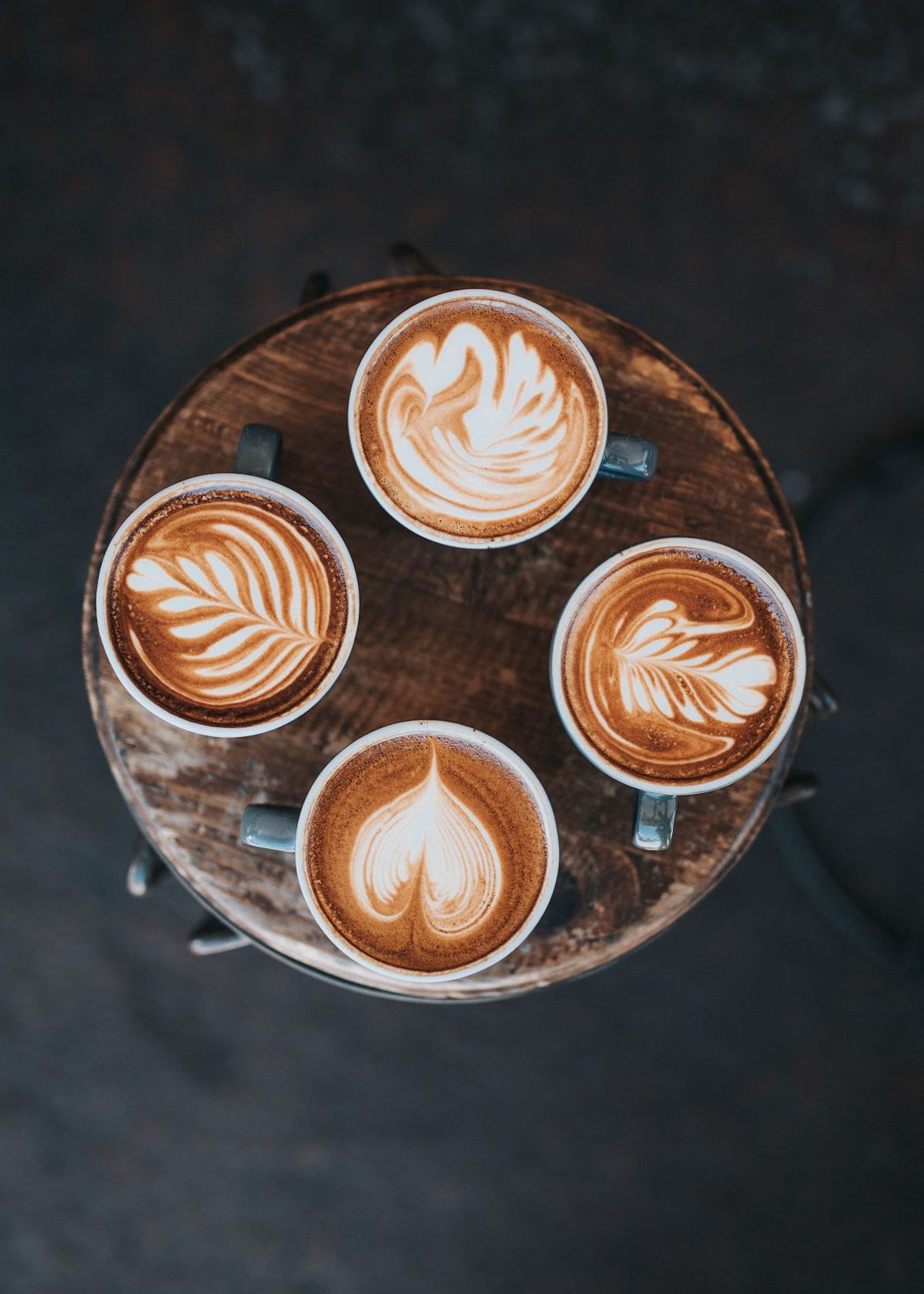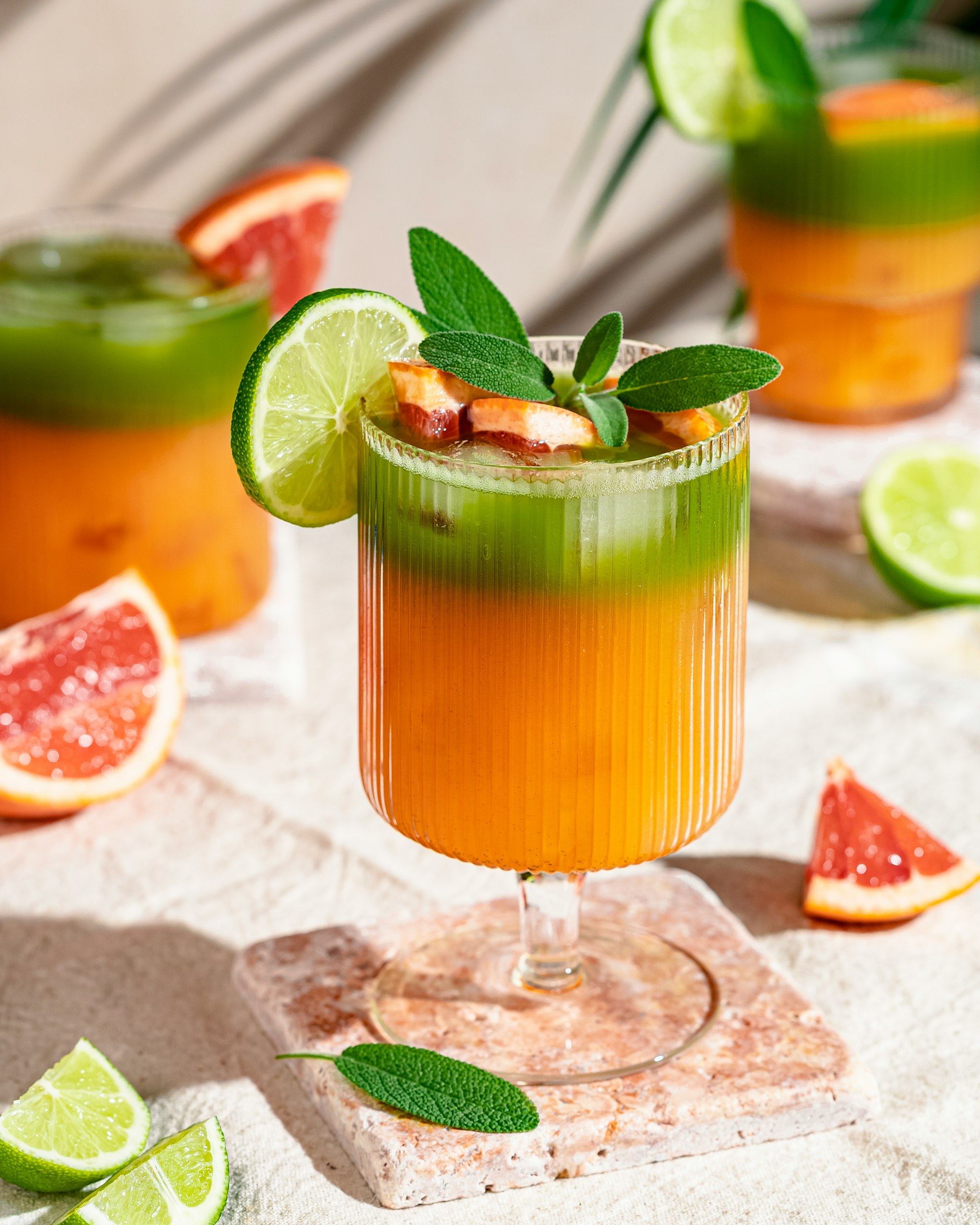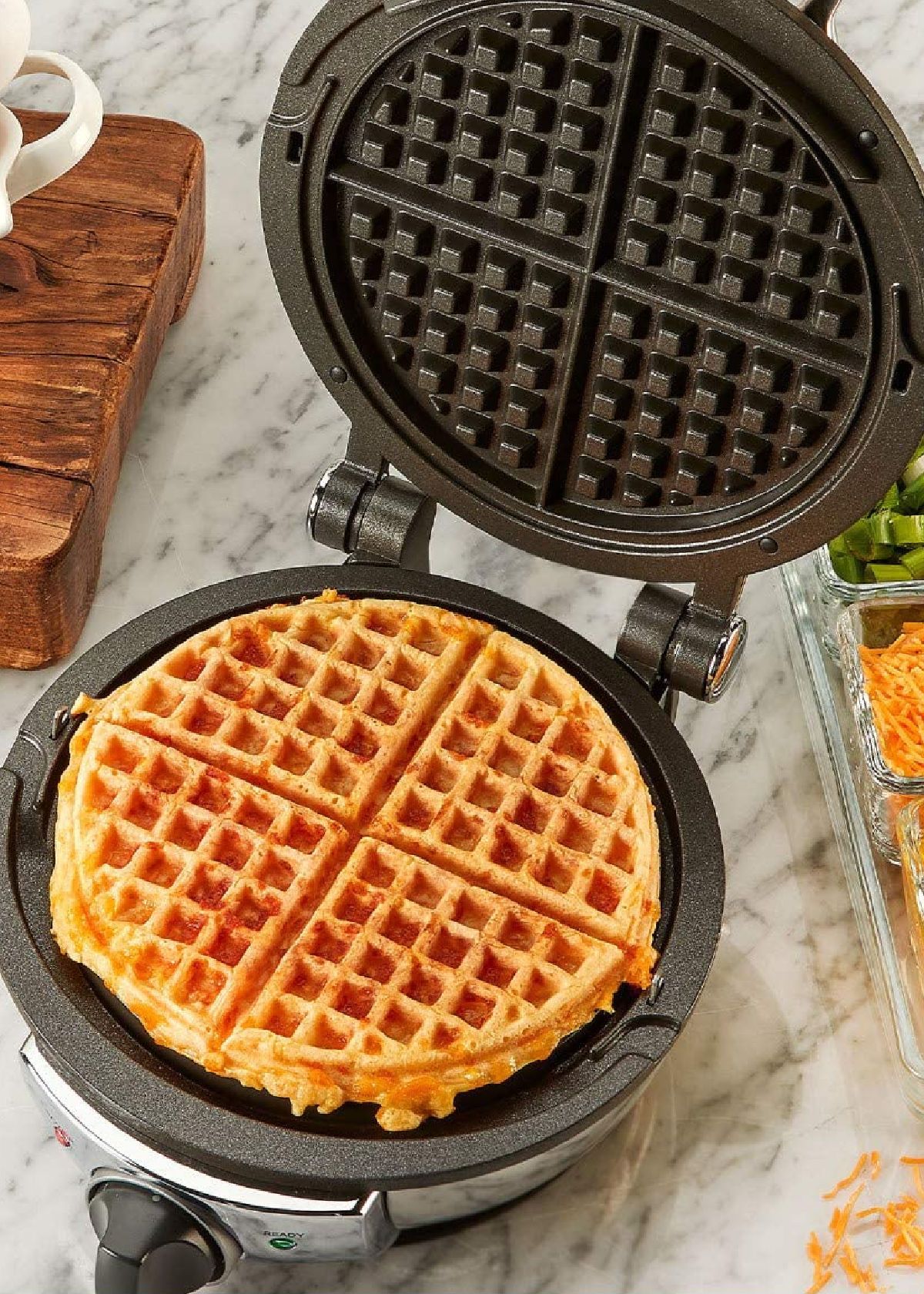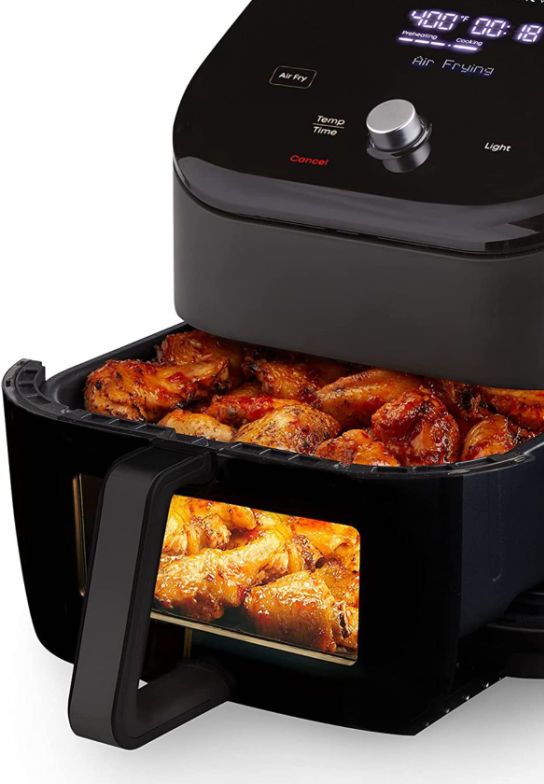Content Summary
A blender is one of the most versatile appliances in any kitchen. With this essential tool, you can create an infinite number of delicious and healthy drinks, soups, sauces, and even meals within minutes.
If you are just starting out, the idea of using a blender may seem daunting. In this guide, we'll walk you through the steps of how to use a blender, and also give you 20 amazing ideas that you can try out at home, using a blender.
Let's get started!


Making Green Smoothie In A Blender
How To Use A Blender
Here are the steps to follow when using a blender:
1. Unpack and set up a blender
Before you start using your blender, do some basic preparation.
- Read the instruction manual carefully.
- Make sure that you unpack all the accessories and keep them within easy reach.
- If you have a stationary blender, wash the pitcher, lid, and - carefully - the blender blades. If you have an immersion blender, wash the stick and blades - carefully.
- Assemble the blender according to the instructions.
- Familiarize yourself with the basic controls.
- Ensure that everything is in place, and the blender is placed on a stable level, like a kitchen countertop.
2. Prepare your ingredients
- Following the recipe, clean fruits, veggies, nuts, or any other ingredients you want blended.
- Chop the ingredients into small bits to facilitate smooth blending.
3. Add your ingredients
- Pour the liquid ingredients (milk, yogurt, water) into the blender first.
- Add the hard ingredients (nuts, ice cubes, frozen fruit) to ensure that the blades can work effectively.
- Add the soft ingredients (like cream or fresh juices).
4. Secure the lid
- Make sure the lid is properly secured before blending to avoid a mess.
- Connect the blender to an electrical outlet.
5. Blend the ingredients
- Select the setting you want to use.
- Start blending the ingredients at a low speed and gradually increase the speed until desired consistency is reached.
- Blend the ingredients at medium speed or pulse briefly (high speed) until you reach the desired consistency.
- Give your blender a break for about 1-2 minutes to cool down if you blend for more than one batch.
6. Serve, and clean the blender
- Pour the mixture into a cup or bowl and enjoy your delicious blend.
- Disconnect the blender. from power.
- To clean the blender, place some soapy warm water in the jug. Turn it on and run it for a few seconds.
- In the case of an immersion blender, rinse the blender stick thoroughly under hot water.
- Rinse the blender and leave it to dry.


Making Detox Smoothies
How To Use A Blender As A Juicer
A blender can make pure, smooth, and delicious juice. Here are the steps to use your blender as a juicer:
- Follow the 5 steps above. Blend the frozen or fresh fruits (and depending on the recipe you follow, possibly added herbs or veggies, or even ice cream) on high speed until it becomes a puree.
- Strain the mixture: Pour the puree into a strainer or a nut milk bag to separate the pulp from the juice.
How To Use A Blender As A Food Processor
Your blender can also be used as a food processor. Here are the steps to follow:
- Follow the 2 steps above. Chop your ingredients into small bits.
- Add your ingredients. Pour the ingredients into your blender.
- Pulse to paste. Pulse the ingredients on high speed for a few seconds until the blend becomes a smooth paste.
- Scrape the sides. Scrape the sides with a spatula, then pulse again.




Preparing Detox Smoothies
20 Things You Can Make In A Blender
The possibilities for creating amazing things with your blender are endless. Aside from baby food, fruit juice, and salad dressings, here are 20 amazing and easy recipes you can make smoothies, soups, and purees:
- Creamy tomato soup
- Spinach soup
- Acorn squash soup
- French onion soup
- Beet soup
- Beet hummus
- Beet risotto
- Crab cake sauce
- Butternut squash puree
- Butternut squash risotto
- Chocolate milkshake
- Banana milkshake
- Cherry smoothie
- Green detox smoothie
- Tropical smoothie
- Mango smoothie
- Melon smoothie
- Pomegranate smoothie
- Mango strawberry smoothie
- Keto strawberry smoothie






Be creative in your blending adventures
Using A Blender FAQs
Here are some frequently asked questions about the proper way how to use a blender:
What are the basic rules you would follow when using a blender?
- Always keep your hands away from the blade when the blender is on or when washing the blender. Safety first.
- Make sure the lid is properly secured before blending to avoid messes or spills.
- Do not overfill the blender with ingredients as this will reduce its effectiveness.
- Always clean the hand blender right away or clean the stationary after using it.
What is the do's and don'ts in using blender?
Do's
- Read the instruction manual carefully before using it.
- Ensure that the blender is placed on a stable, level surface.
- Cut your ingredients into bite-sized chunks or small pieces to ensure smooth blends.
- Secure the lid before blending.
Don'ts
- Do not place your hands or any utensils near the blade while it is running.
- Do not exceed the maximum capacity, as this will reduce your blender's effectiveness.
- Do not leave your blender on for more than a few minutes at a time.
- Do not try to repair or disassemble the blender on your own.
Is it OK to put ice in a blender?
It is generally safe to put ice in a blender. However, if you are using a less powerful blender (around 500 watts), it may not be able to handle large chunks of ice.
Before putting ice in your blender, read the instruction manual for specific instructions for crushing ice safely.
If you are using a more powerful blender (>700 watts), it should be able to handle larger chunks of ice and you can add them directly into the blending container.
What not to put in a blender?
- Sharp objects, such as knives or forks, should never be put into a blender. This could damage the blades and cause injury.
- Hot liquids and foods should also not be put into a blender as it could cause the lid to pop off and create a mess, unless that blender is a specially designed appliance for blending hot liquids.
- Untreated hard nuts such as nuts, grains, and dried fruits should not be put into the blender as it could damage the blades or burn out the motor. That is, unless you have a high-powered commercial type of food processor. Again, check the manual.
Can I blend meat in a blender?
Blending raw meat in a blender is not a recommended practice. Blending certain substances can be challenging and may cause harm to the blender's blades.
If you want to grind meat, it is better to use either a food processor or a meat grinder. Make sure the meat is well cooked first.
Why not put potatoes in a blender?
Potatoes can be difficult to blend as they contain a lot of starch. This could cause the blades to get stuck and potentially damage them. It is better to use a food processor for pureeing potatoes.
Also, the heat generated by the blender motor could cause the potatoes to break down too quickly, resulting in a lumpy texture.
What can ruin a blender?
- Not reading and following the manufacturer's instructions carefully can cause damage to your blender over time, especially if you are using it in a way that is not intended.
- Overfilling the blender can also cause damage, as it can cause the motor to overheat or the blades to become stuck.
- Putting very hard ingredients in the blender, like coffee beans, untreated nuts, bones, or deep-frozen foods.
- Not cleaning and maintaining your blender regularly can lead to a build-up of food particles, which can damage the blades or motor.
Can you use a blender without liquid?
You should not use a blender without liquid. Blenders need a certain amount of liquid to be able to process food efficiently.
If there is not enough liquid, the blades will not be able to create a vortex and the mixture could become stuck.
This can also damage the motor or blades of your blender. If you want to blend a dry mixture, it is better to use a food processor instead.
Ninja Power Nutri Duo Smoothie Bowl and Blender Demo | Meem Reviews Tips & Tricks
Experiment with various recipes and cooking styles as you learn how to use a blender. Once you master using your blender, you'll be surprised at how versatile this appliance is, opening up a whole new world of culinary possibilities.
Need a powerful and affordable blender? Check out the below blog post to find our top picks of the best blenders for making smoothies.
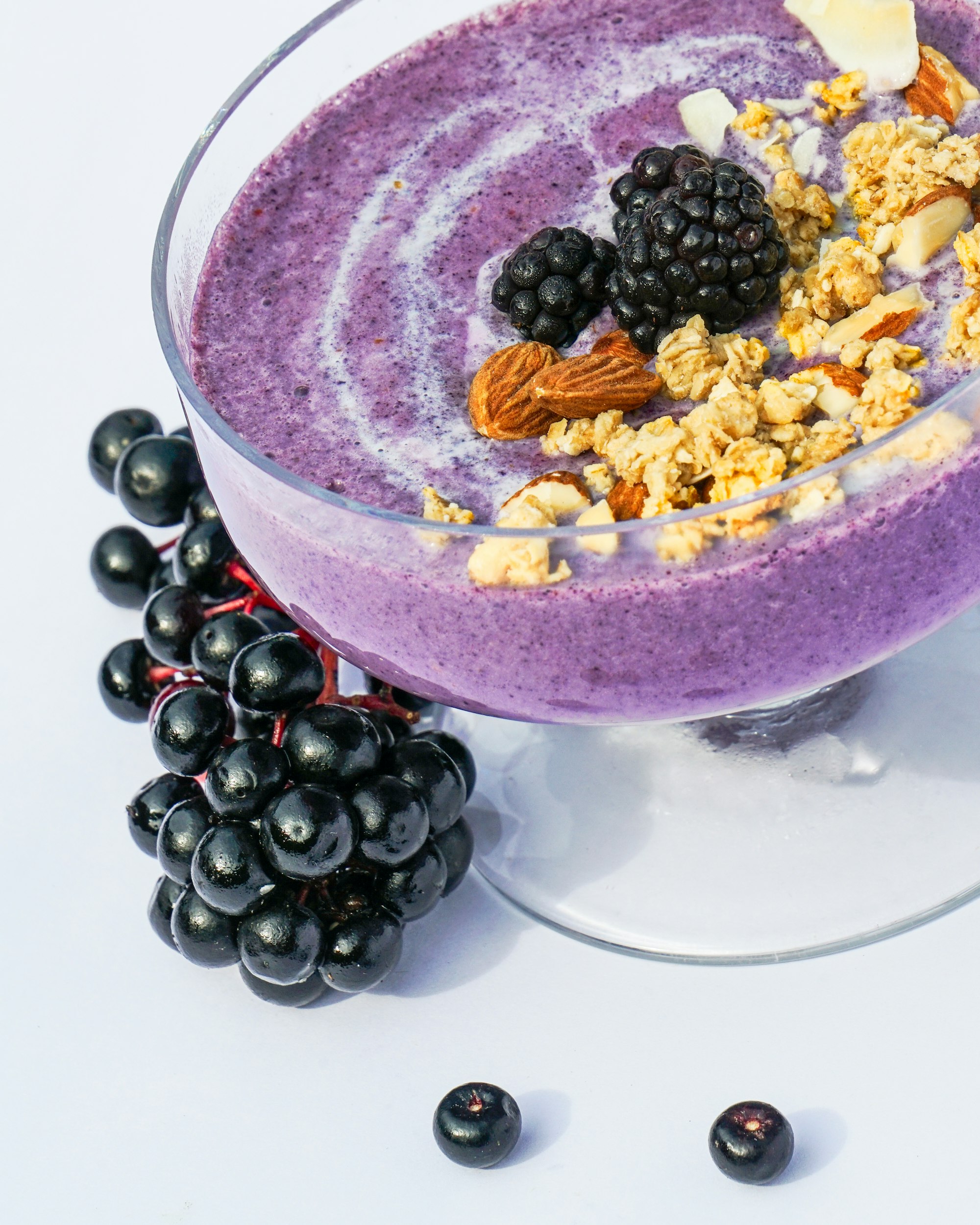
Now that you know how to use a blender and some of the things you can create with it, it's time to start blending! Be creative in your blending adventures!
Happy blending!
Catchy Finds




